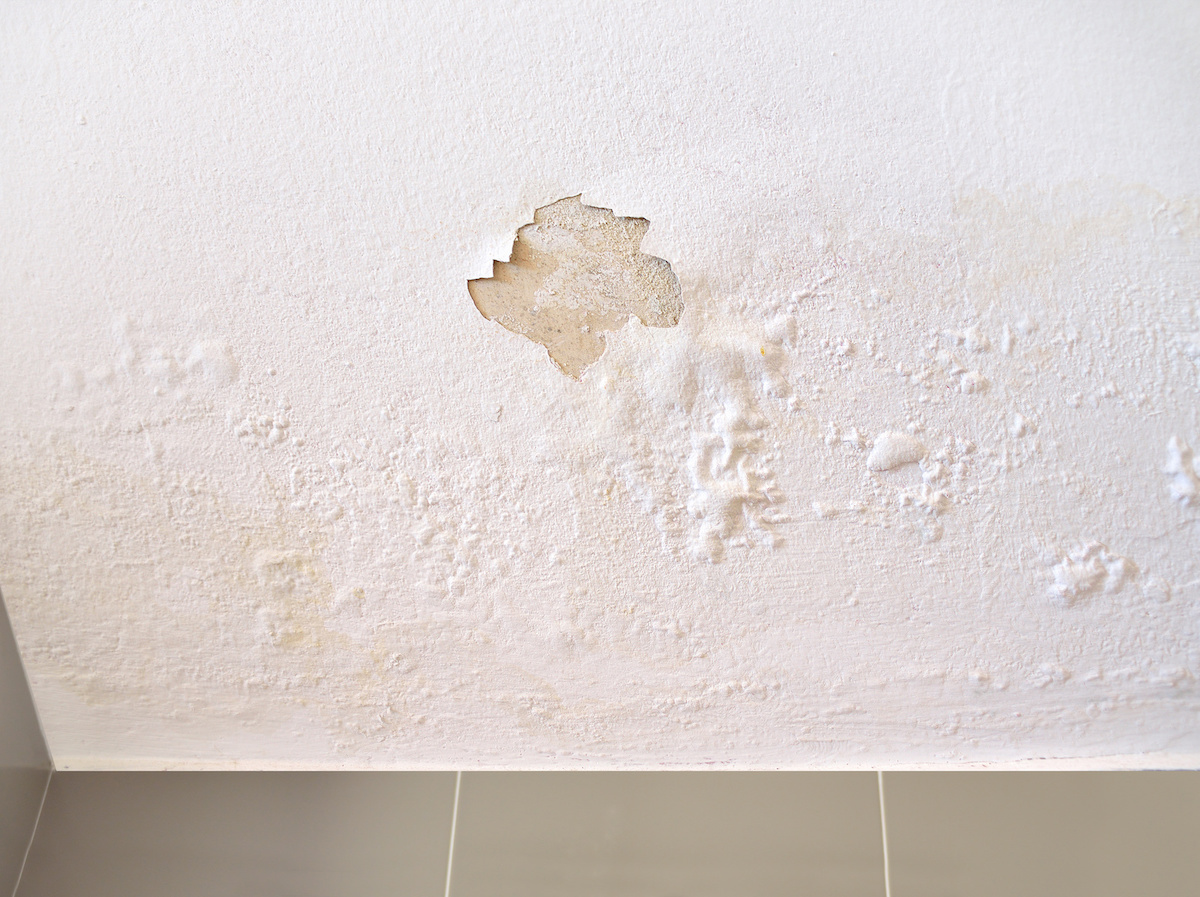In this article in the next paragraph you can find a good deal of worthwhile material regarding How to Prevent Bathroom Water Damage.

The bathroom is extremely at risk for wet build-up as well as possible water damages because of the frequent use of water in it. This write-up uses easy evaluation techniques to aid finding water damages risks.
The frequent use water in the shower room makes it very susceptible for moist buildup as well as potential water damages. By checking it frequently, you can reduce water relevant problems.
The following collection of assessments is simple to perform and also ought to be done once in every 3 months in order to keep your washroom healthy and to stop prospective water damages brought on by the tub, the shower, pipeline joints as well as plumbing, sinks, cabinets, and also the bathroom
Do not forget doing these inspections and also be extensive while performing them. Bear in mind that these simple examinations can save you a great deal of money by giving early signs for water damage
Sinks and also Cabinets
Sinks as well as closets are subjected to dampness and moisture daily and also are frequently forgotten. Evaluate frequently under the sink and also on the counter top over it. Repair any type of drip in the trap as it may recommend drain issues. Look around the sink, sluggish draining pipelines may suggest a blocked drain. Change sink seals if they are cracked or loosened.
Bath tub and Shower
The shower as well as bath tub need unique attention as well as upkeep. Check the ceramic tiles and also change if broken. Make certain that there is no missing grout in between the floor tiles. Inspect as well as change cracked caulking at joints where the walls satisfy the flooring or the bathtub. Blocked drains pipes and pipes issues will certainly prevent the bathtub from drying out and also might indicate major troubles under the bathtub. Speak with a specialist quickly to prevent structural damage. Focus on stainings or soft areas around the bathtub walls as they may suggest an inner leakage.
Plumbing
Signs for water damages are hard to spot considering that a lot of pipelines are mounted inside the walls.
Pay special attention to flooring as well as walls wetness as well as discolorations as they might show an invisible plumbing problem. Check moisture levels in adjoining spaces also.
The Toilet
The toilet is a susceptible water junction. Check the water lines and search for leaks around the toilet seat, in the hose pipe, as well as under the water storage tank. If you discover any type of indications of wetness on the floor around the bathroom, check for leaks in the toilet rim and tank seals.
Be aware that hanging toilet dish antiperspirants raises the opportunities for obstructions.
Water Damage Signs In The Bathroom To Avoid Cleanup
Musty smell
This is one of the easiest signs to catch because musty smells are so odorous. The damp, earthy, moldy smell should be a big red flag. The smell will develop when moisture gets trapped in surfaces, and begins to facilitate mold growth. Leaking pipes under cabinets, inside walls, and behind shower fixtures will cause moisture to stay trapped and not dry, which will lead to mold growth and spread. As soon as you notice any musty smells in your bathroom, have it checked for hidden water damage and cleanup signs.
Visible mold
If the smell isn’t there to give it away, sometimes you will actually see mold growth. Finding mold in your bathroom is a serious problem, because mold is very harmful to your health. By the time mold growth is visible, it also means that water damage has already occurred and been present for some time. The only way the mold problem can be resolved is to find the source of the moisture and get it stopped. To safely and adequately remove mold, you need to have professionals handle the remediation. Do not waste any time in getting mold problems addressed, fixed, and sanitized so that you can protect you and your family from the many respiratory symptoms caused by mold exposure.
Damaged floors
Bathroom floors should be able to withstand some exposure to water while still remaining in good condition. However, when excess exposure or water leaks occur, they will begin to damage even the most water-resistant flooring. If you notice any cracking, bubbling, staining, or warping on your bathroom floors, there is probably a water leak somewhere causing the distortion. If you notice areas of the floor have become softer, or even have a spongy feeling, there is probably damage to the subfloor. Subflooring is typically made up of plywood. When plywood is exposed to water or moisture, it will absorb it. Once it has become saturated, the weight of the excess water will cause the wood to swell and soften. Check the floors in your bathroom frequently to catch any of these sings before they lead to damaged subflooring.
Changes on walls
When water leaks behind walls, it will cause changes in the drywall. Peeling plaster, blistering paint, and soggy wallpaper are all good indicators that excess water is building up behind the wall. Water leaking behind drywall will cause it to swell and be soft to the tough. If you start to notice gaps along the trim of your walls, or where tile meets the wall, it could also be a strong indicator that there is a leak behind the wall. Any changes, distortion, or damage on the walls should be evaluated as soon as you notice it to prevent further water damage and cleanup.

We had been guided to that write-up about Looking for Signs of Water Damage in the Bathroom through an associate on a different domain. Feel free to take a moment to share this blog entry if you liked it. Thanks for going through it.
Website